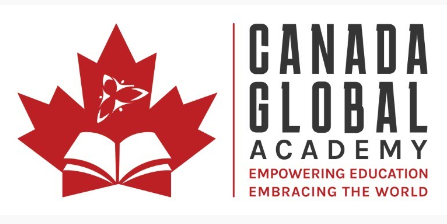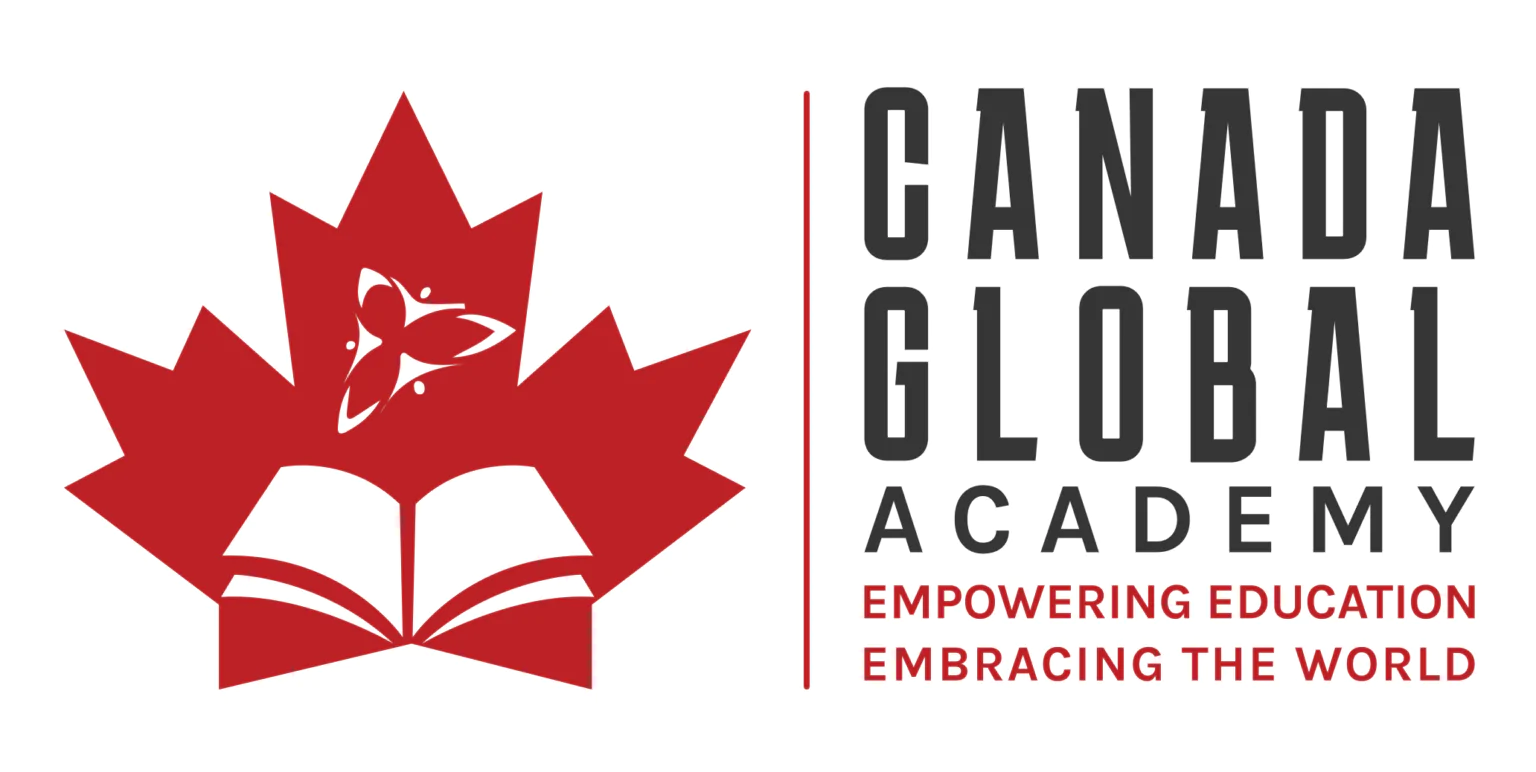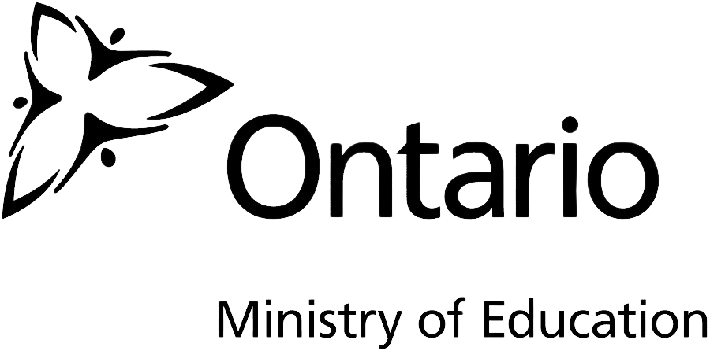
Martin Doherty is the CEO of Ethos Education & Canadian Global Academy : the exclusive authorized provider of the renowned 3rd globally ranked Ontario Ministry of Education‘s curriculum and Digital Learning Platform outside of Canada. He is also the founder the cutting edge magazine, Education Distruptor.
Through our School Partnership Program, we empower schools worldwide to attain Canadian Accreditation, providing the opportunity to establish themselves as Canadian Accredited schools. Additionally, home-based businesses can run their own Canadian Accredited Micro-School. Contact us today to learn more!
Related Posts
- How Can Private Schools Cultivate Investor Relationships?
Explore proven strategies for private schools to secure School Funding & Investment through dynamic investor…
- How Can Schools Secure Corporate Sponsorships for Upgrades?
Unlock the potential of school funding & investment through strategic corporate sponsorships for educational enhancements.…




